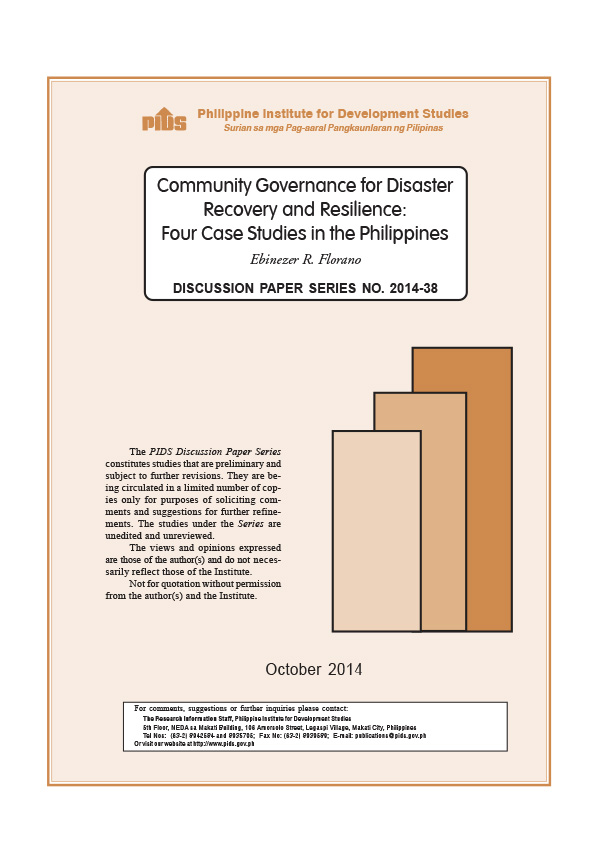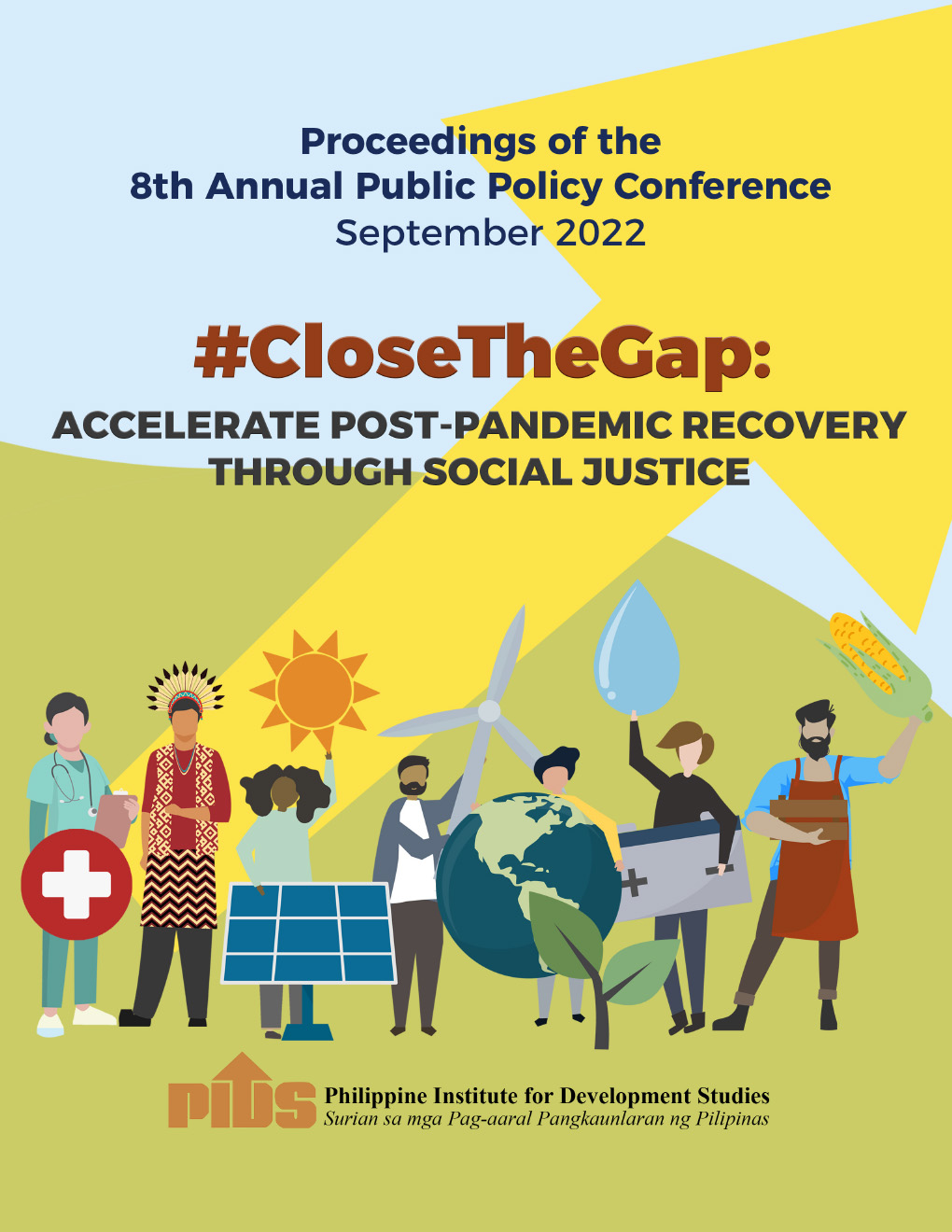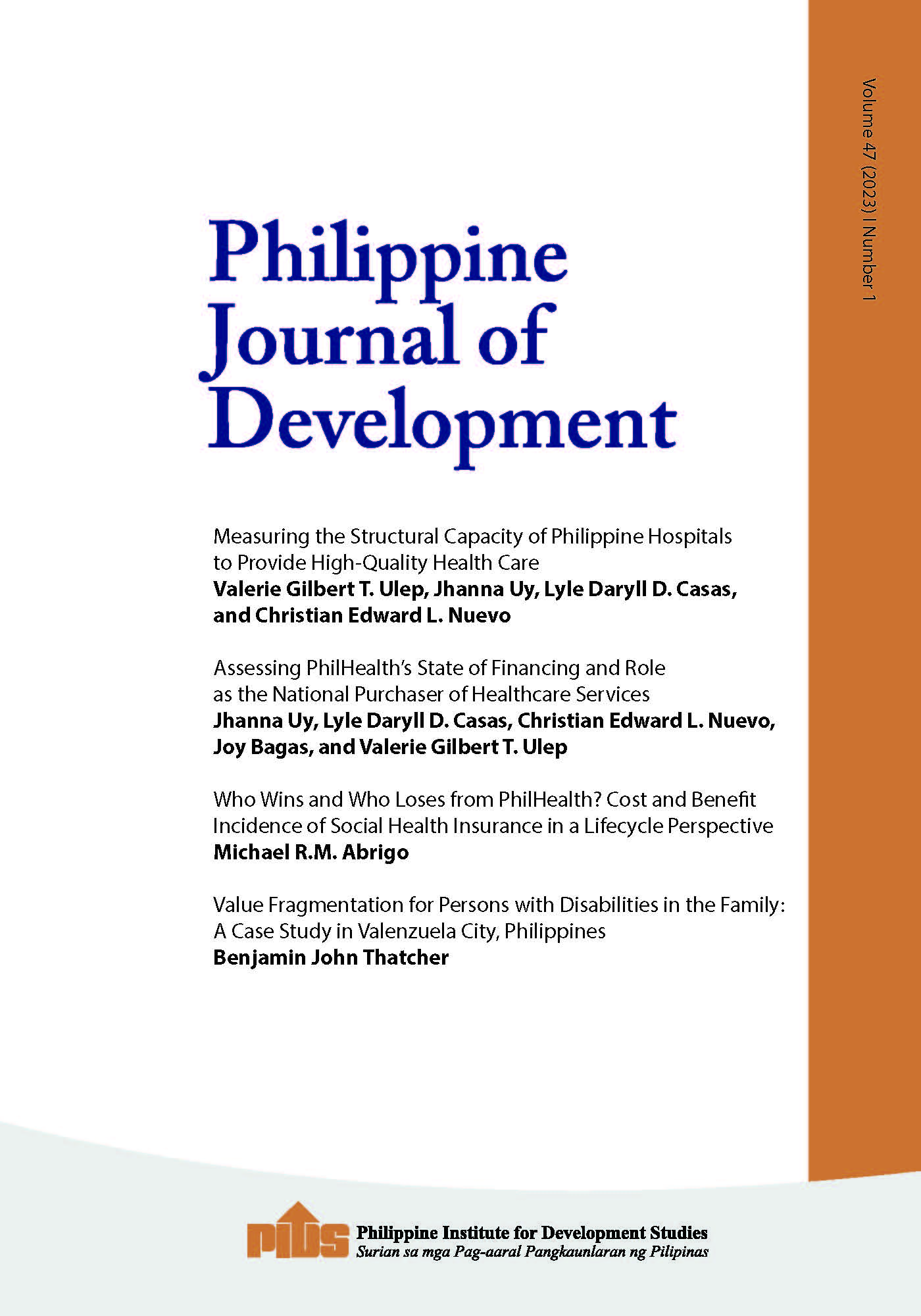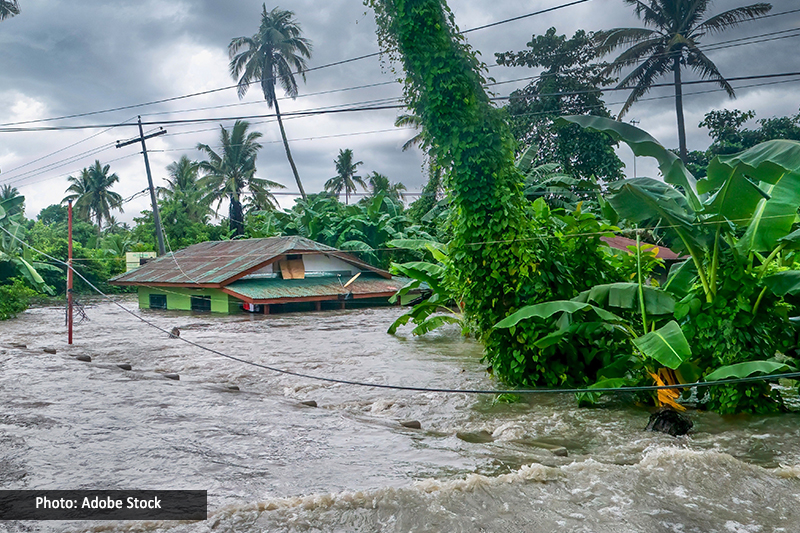This research aims to investigate the role of communities in disaster recovery and in building resilience to answer the questions: "What is the role of community in the disaster recovery process? What roles do various stakeholders play in community-led disaster recovery? Is community-based disaster recovery affected by exposure to hazards and disasters, or by the community`s level of socioeconomic development?" To answer these questions, five hypotheses were tested in the 12 barangays from Tacloban, Iligan, Dagupan, and Marikina Cities. The cases were investigated by reviewing their documents, interviewing city government officials, and conducting focus group discussions involving barangay officials and residents. These were all conducted with the use of unstructured questionnaires and checklists for the Disaster-Resilient Community Index, which was used to compute the level of resilience of the barangays.
The study found that community governance for disaster recovery seems to be stuck in the pre-NDRRMC (National Disaster Risk Reduction and Management) years because recovery planning is still passive and reactive. It also found that resilience is built through time, but it may be delayed if important recovery sectors (e.g., housing and livelihood) are neglected; this makes people (especially the poor who are always the hardest hit in dangerous areas) feel exposed and vulnerable to hazards and disasters.The study recommends the enactment of laws on predisaster recovery planning, public service continuity plans, and relocating people from disaster-prone communities to safer areas as cost-efficient recovery policy, plans, and project. Among others, further testing of the Disaster-Resilient Community Index and widening of the coverage of the study are suggested for further research.
Citations
This publication has been cited 1 time
- Israel, Danilo C. and David Feliks Bunao. 2016. Research on urban resilience to natural disasters of households, firms, and communities in the Philippines. Discussion Papers DP 2016-41. Philippine Institute for Development Studies.













